Innovation Alphabet
Virtual Reality
In a nutshell
Virtual Reality (VR) is a technology-generated environment in which the user can feel truly immersed and move freely among digital objects, images, and sounds. All it takes is a device known as “visor” to leave behind the stress of the real world and take refuge for a while in a simulated, three-dimensional world capable of eliciting real behavioral and emotional responses.
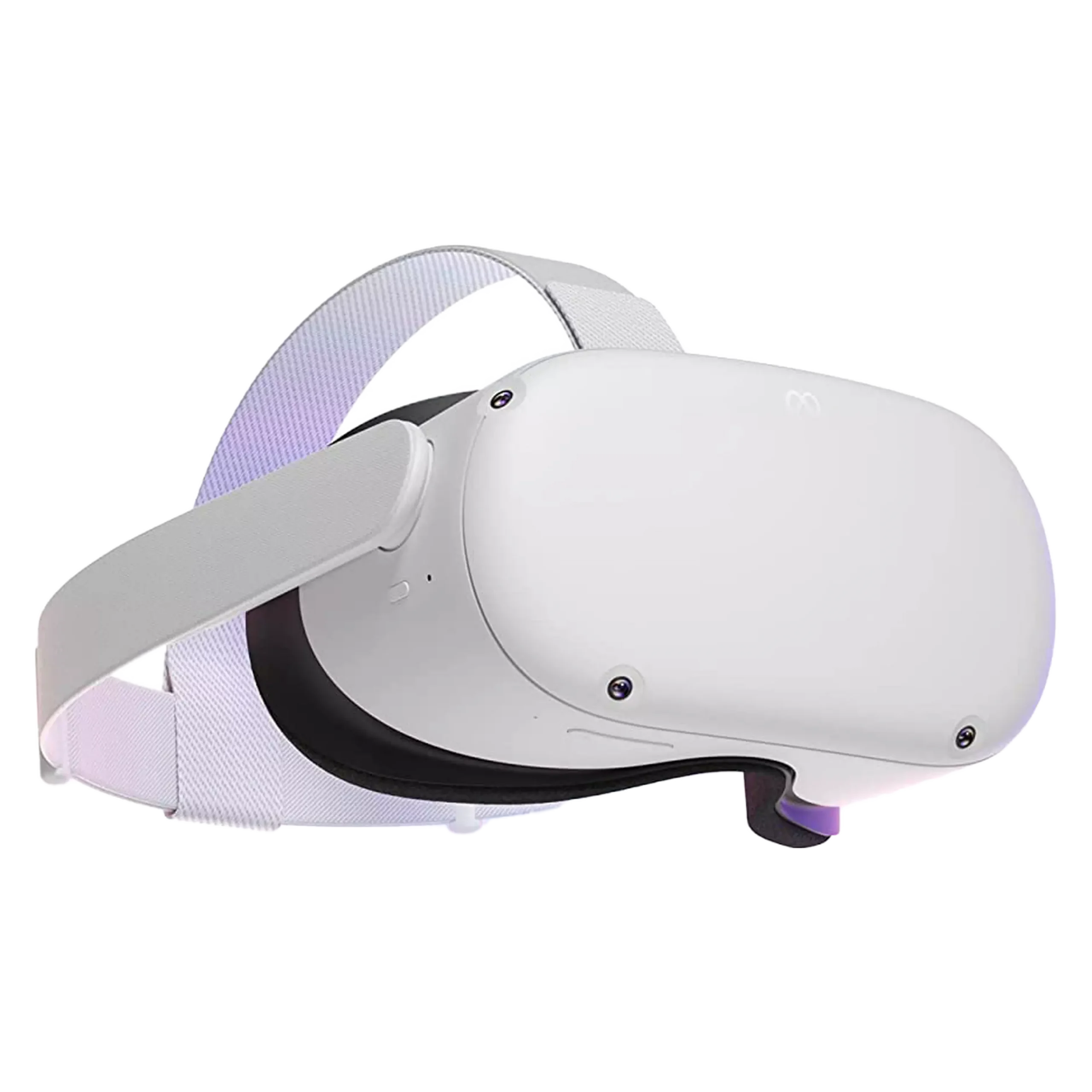

Application Fields
• Custom product knowledge: Virtual reality enriches the customer experience. It allows a 360-degree view of the product and its functionality, with the features and adjustments requested by the customer. Even if the product is not yet physically manufactured.
• Customer Loyalty: Through virtual reality devices, customers can literally live the experience of a brand. They can visualize in a more transparent way the processes of product creation and learn about its history. A technique used to build customer loyalty, study customer responses, and make them become attached to the company and the brand concept itself.

• Virtual store experience. Wearing a kind of helmet, the user can enter a virtual store and explore or even try its products. This allows for an immersive shopping experience before buying the desired item.
Do you have a Strategy & Innovation challenge to tackle? Let’s face it. Together.
C-levels from these companies (AND MORE) relied on my expertise to overcome thEIR CHALLENGES IN THIS AREA. And You can, too.
Can I help you?Industries
• Virtual Reality in the medical industry
Istituto Auxologico Italiano has employed an application of VR in line with developments in “cybertherapy” to outline the technological version of physical and cognitive rehabilitation. It is a therapy that stems from the need to find cutting-edge solutions in rehabilitation and psychology. It has many advantages over traditional physical therapy techniques:
– You can carry out rehabilitative exercises in a setting that mimics the characteristics of the environments concerned with the sports activity.
– The patient is extensively stimulated and trained.
– Exercises dynamically adapt their difficulties to the skills acquired.
– Performance indicators are monitored systematically.

• Virtual Reality in the oil and gas industry
Baker Hughes, one of the largest companies in the oilfield services industry, has adopted smart helmets coupled with Virtual Reality visors so that more experienced technicians can remotely guide, leveraging wireless connectivity, on-site personnel in carrying out complex tasks, such as repairing and maintaining oil and gas plant equipment. The adoption of Virtual Reality has enabled the company to significantly reduce machine downtime and costs. They also save on travel expenses for specialized personnel.
• Virtual Reality in the service industry
Marriott Hotels & Resorts is a Maryland hotel chain that in 2015 launched VRoom Service, an initiative that allows guests to experience a virtual journey from their hotel room by wearing special visors. Former vice president Matthew Carroll said the creative spaces requested by customers themselves help stimulate creativity and thinking. VRoom combines storytelling and technology – “two important elements for the next generation of travelers”.
Business Functions
• Virtual Reality in support of marketing
In 2014, to launch the fourth season of the hugely popular TV series “Game of Thrones”, marketers created a multi-sensory traveling exhibition featuring the VR experience “Ascend the Wall.” The event passed through places such as the South by Southwest festival and Singapore’s Ion Orchard shopping mall. Viewers could enter an elevator from which cold air escaped and simulated the sound of an explosion, creating the sensation of being lifted 700 feet to the top of the Castle Black Wall.

• Virtual Reality in support of HR
Virtual Reality tools are capable of revolutionizing and facilitating training processes usually entrusted to HR. One example is KFC, which uses Virtual Reality to teach its employees the correct technique for preparing fried chicken.
• Virtual Reality in support of facility management
To control all the activities that do not concern the core business of a company, companies can exploit VR with the aim of achieving an interactive and immersive experience, creating realistic and three-dimensional images of the simulated environment.
Stay in wonderland
Let me show you how deep the rabbit hole goes.
Check out more of the Innovation Alphabet:
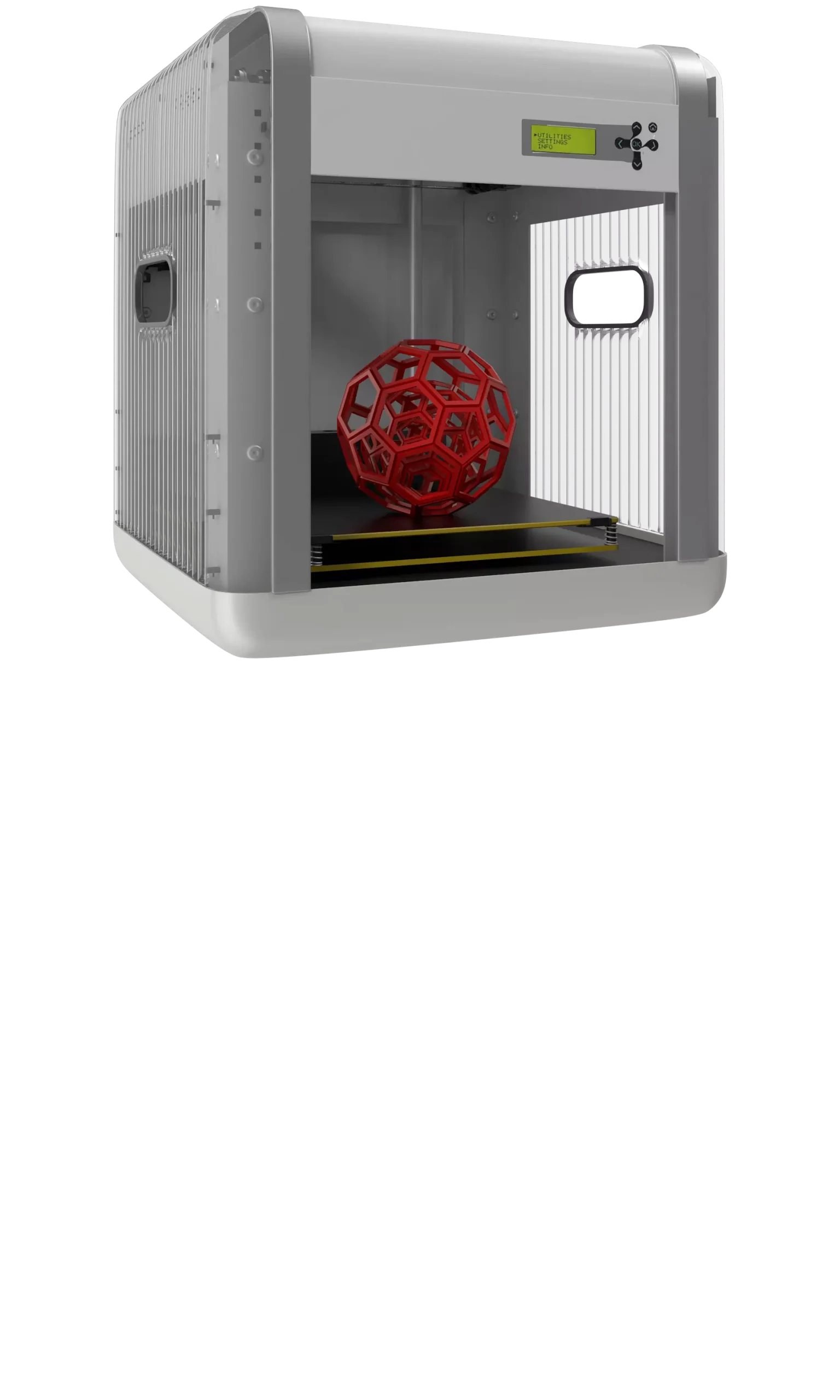
3D Printing
3D Printing
“3D printing” is a process carried out by an electronic device which, instead of resorting to the canonical ink, it molds almost any kind of material: from concrete to living tissue, most usually plastic, but also metal. And the operating principle is similar to that of a traditional printer. The creation of three-dimensional models can lead to the redesign of a company’s production capabilities.
Dive In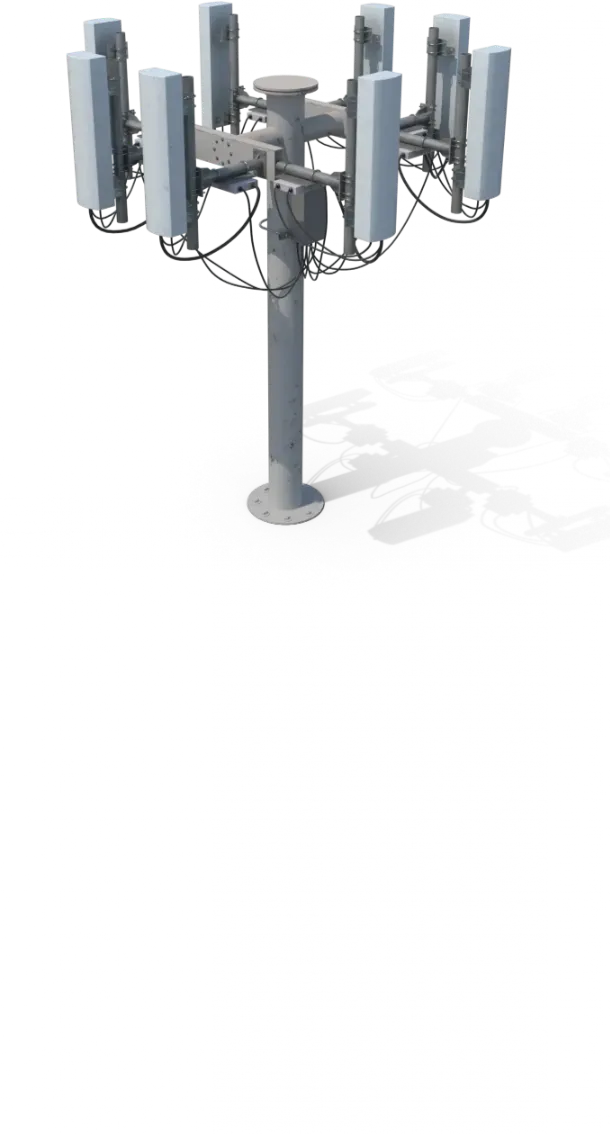
5G
5G
5G is the new frontier of cellular telephony. It was designed to improve (or completely replace) previous generations of mobile networks. The 5th generation features lower latency, ensuring flawless performance of business applications and many other digital experiences – thus enabling the new cultural generations to furiously play Fortnite away from home.
Dive In
Advanced Analytics
Advanced Analytics
The term “Advanced Analytics” refers to the ability to autonomously or semi-autonomously analyze data and content to identify correlations, develop analyses, predictions, and recommendations. It is not just a matter of collecting information and then organizing it into watertight compartments: the ultimate goal is to identify a dialogue pattern from a data-driven perspective.
Dive In
Agile
Agile
Agile is an approach to software development designed to respond to change. Teams quickly analyze the context in which they operate, identify uncertainties faced, and figure out how to adapt to always move forward. Interaction between individuals comes before processes and tools; collaboration with the customer is more important than negotiating contracts.
Dive In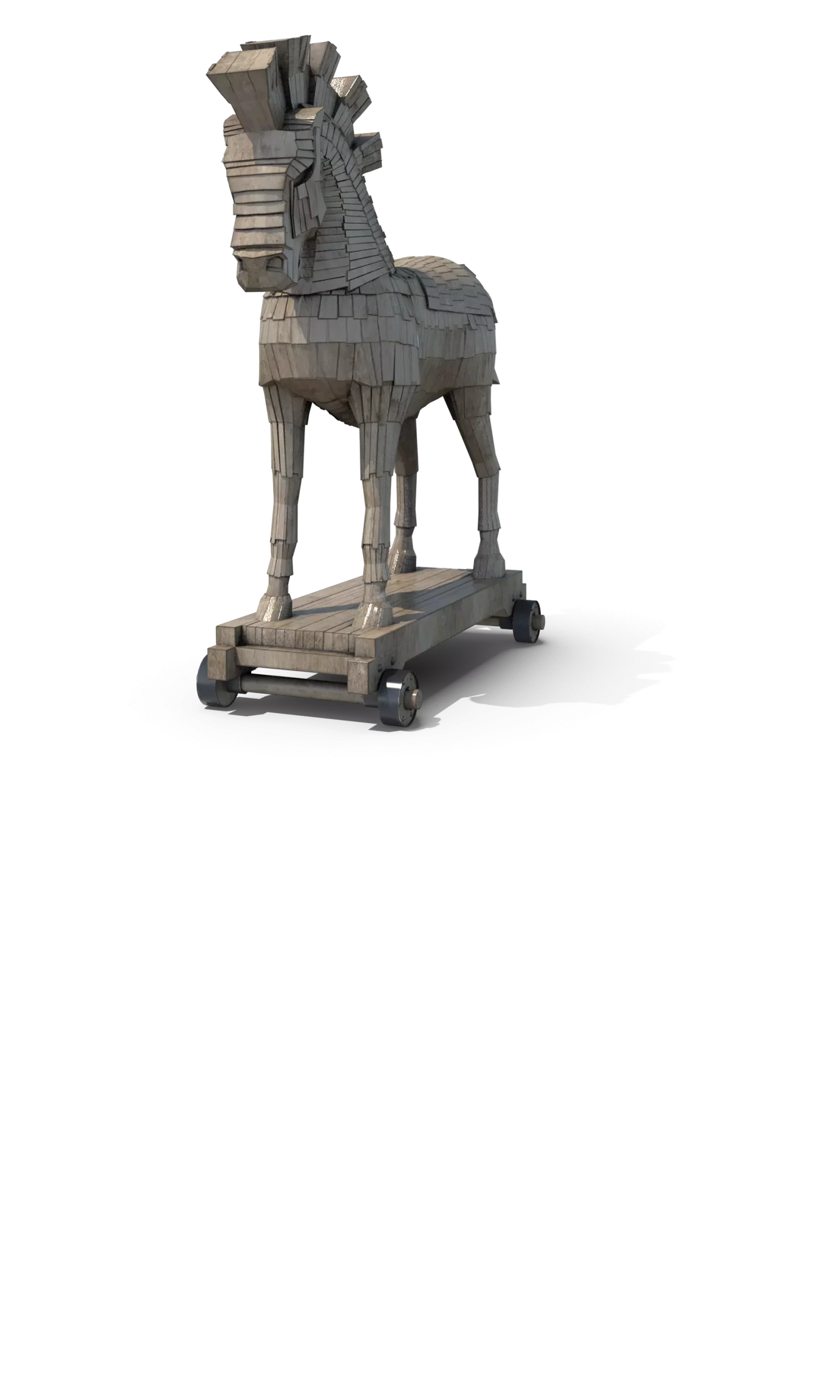
Ansoff Matrix
Ansoff Matrix
The Ansoff Matrix is a marketing planning model that arises from the intersection of new and existing products and markets. It derives four possible strategies for expanding the company’s market, which are built around four variables with a changeable factor of risks and possibilities: existing product, new product, existing market, new market.
Dive In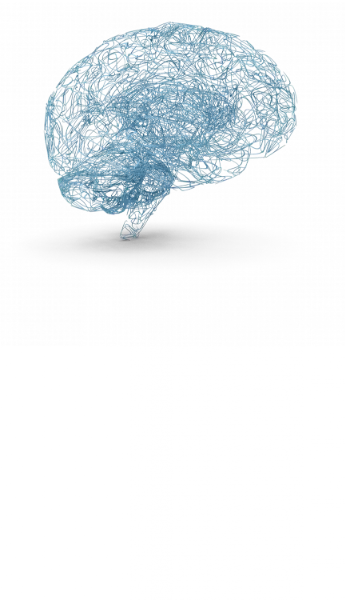
Artificial Intelligence
Artificial Intelligence
Artificial Intelligence is not strictly defined. Basically, it is a computer system able to make decisions in an independent and flexible way. A good AI application can perform everyday tasks better than an average person (e.g., identifying other people from their photos on social media or beating the best chess player). Nothing to fear, then. Unless you are a chess champion.
Dive In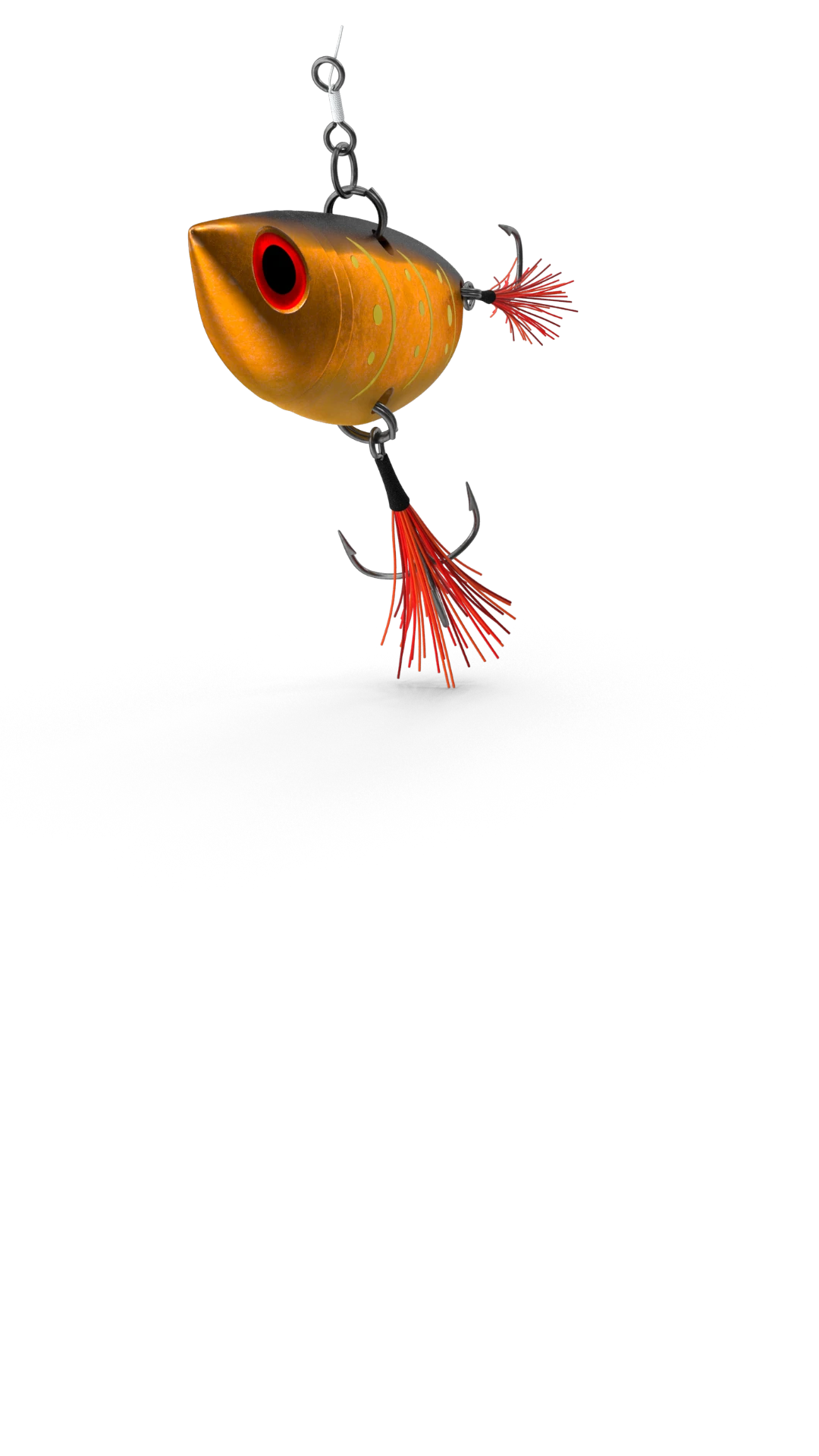
Artificial Scarcity
Artificial Scarcity
We often tend to desire what we cannot have. Or what we are in danger of losing: Artificial Scarcity is a strategy that flaunts a limited number of items that do not correspond to actual availability. The goal is to stimulate the perception in consumers that the stock of items is about to run out and thus create a need based on the “fear of being cut off” or the intention to buy the item in order to resell it at a higher price.
Dive In
Attack Surface
Attack Surface
The term attack surface refers to the part of a system that may be subject to attack or breach by hackers. The smaller that surface is, the easier it will be to protect it. Indeed, the Internet is an ocean of deep, dark waters: those who navigate it must be aware that they are exposing themselves to a flood of digital risks. Yet, ironically, we do not need a big boat to shelter us.
Dive In
Augmented Reality
Augmented Reality
Augmented Reality is an ever-evolving technology that overlays multimedia information on top of our common sensory horizon to gain a deeper understanding of our surroundings. No, it doesn’t allow you to step out of the Matrix dream simulation, nor can it be accessed by swallowing a red pill. But neither is it the disturbing experience of the Playtest episode of Black Mirror.
Dive In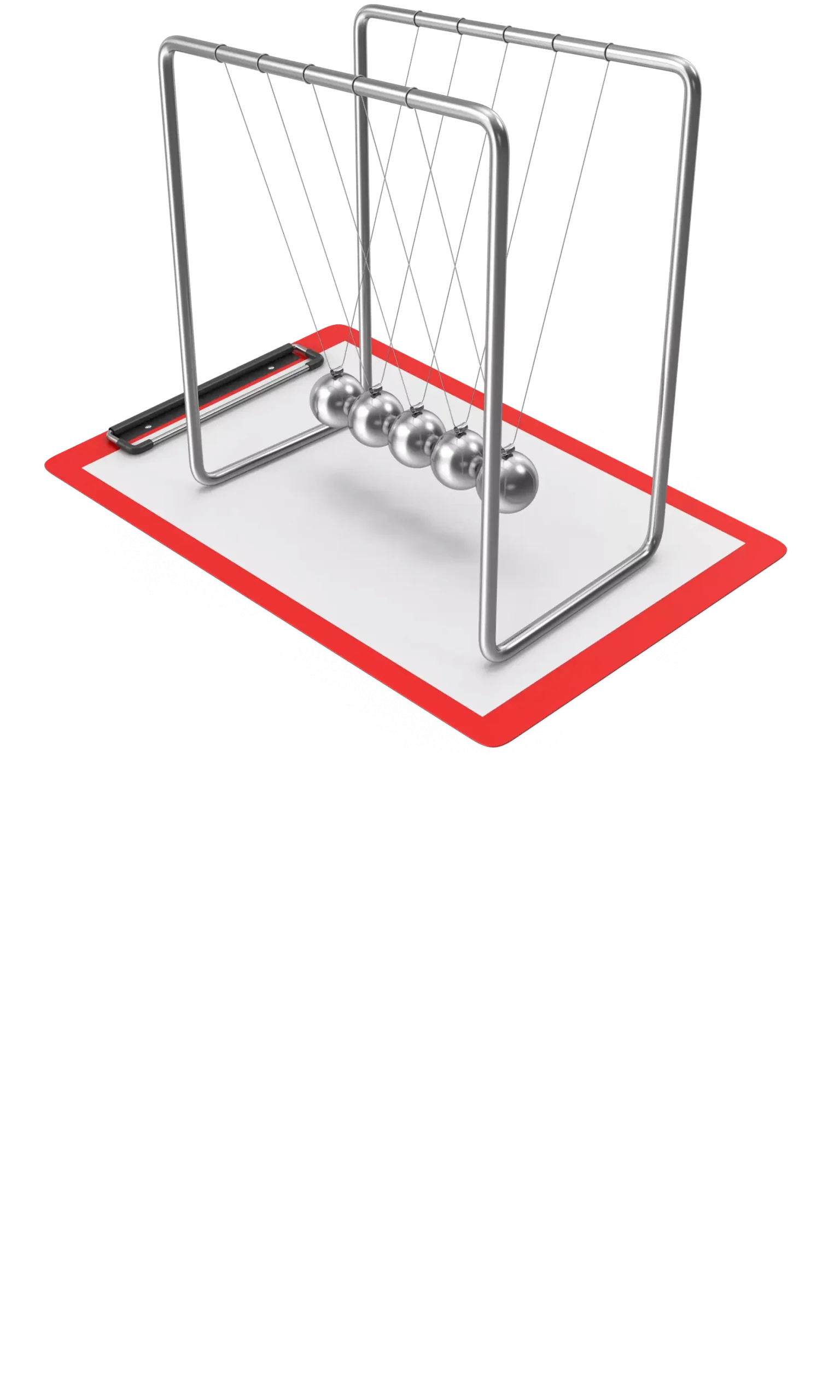
Balanced Scorecard
Balanced Scorecard
In business, as in life, you need balance. The Balanced Scorecard is a holistic tool for strategic management. It offers, in fact, the possibility of assessing corporate performance in its wholeness. An overview that embraces four perspectives: the business/financial side, customers and stakeholders, internal processes, and learning and growth.
Dive In
